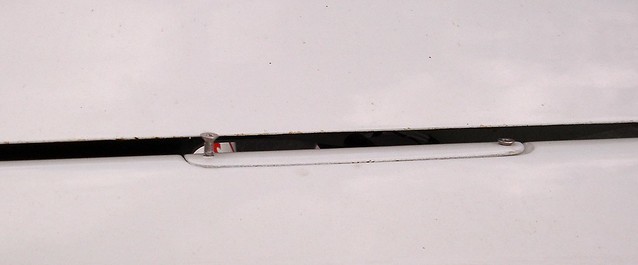Pilot Steve
Pre-takeoff checklist
Some of us that have been flying for a long time can get in the habit of doing the two-minute aircraft inspection. I do. But even with a checklist pre-flight, I'm not sure I would have caught this issue unless I made it a point to examine the entire spinner.
Frankly, this was spotted by accident as the prop was being moved through by hand when looking at something else. It would have made for a bad day if the spinner crack had continued to spread and left the aircraft in flight.
I share this incident to help the newer pilots understand that you will get lazy in your pre-flight check as you fly more but every so often it is good to go back to basics.

Frankly, this was spotted by accident as the prop was being moved through by hand when looking at something else. It would have made for a bad day if the spinner crack had continued to spread and left the aircraft in flight.
I share this incident to help the newer pilots understand that you will get lazy in your pre-flight check as you fly more but every so often it is good to go back to basics.



